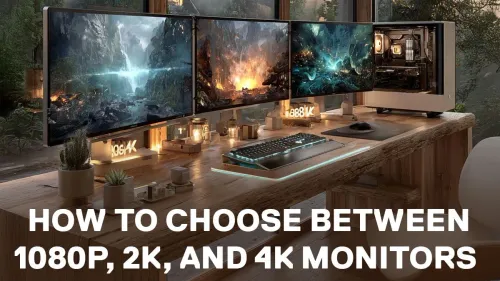
1080p, 2K, or 4K? Unlock Your Ideal Monitor
Looking to upgrade your monitor? Learn how 1080p, 2K, and 4K resolutions compare. Discover the perfect pixel power 💻 for gaming, productivity, and more!
Gaming monitor refresh rate is key to smooth, responsive gameplay — learn which refresh rate suits your genre, GPU, and budget to avoid tearing and lag. ✅ Actionable tips, settings, and quick buying guidance. 🎮

Ever felt that sting? You've got the drop on an opponent in Apex, your crosshair is perfect… and then a micro-stutter hits. The enemy vanishes and you're staring at the respawn screen. That frustrating lag isn't always your internet. Often, the culprit is your monitor's refresh rate. Choosing the right gaming monitor refresh rate isn't just a tech spec—it's the key to unlocking truly smooth, responsive gameplay and landing those crucial shots.
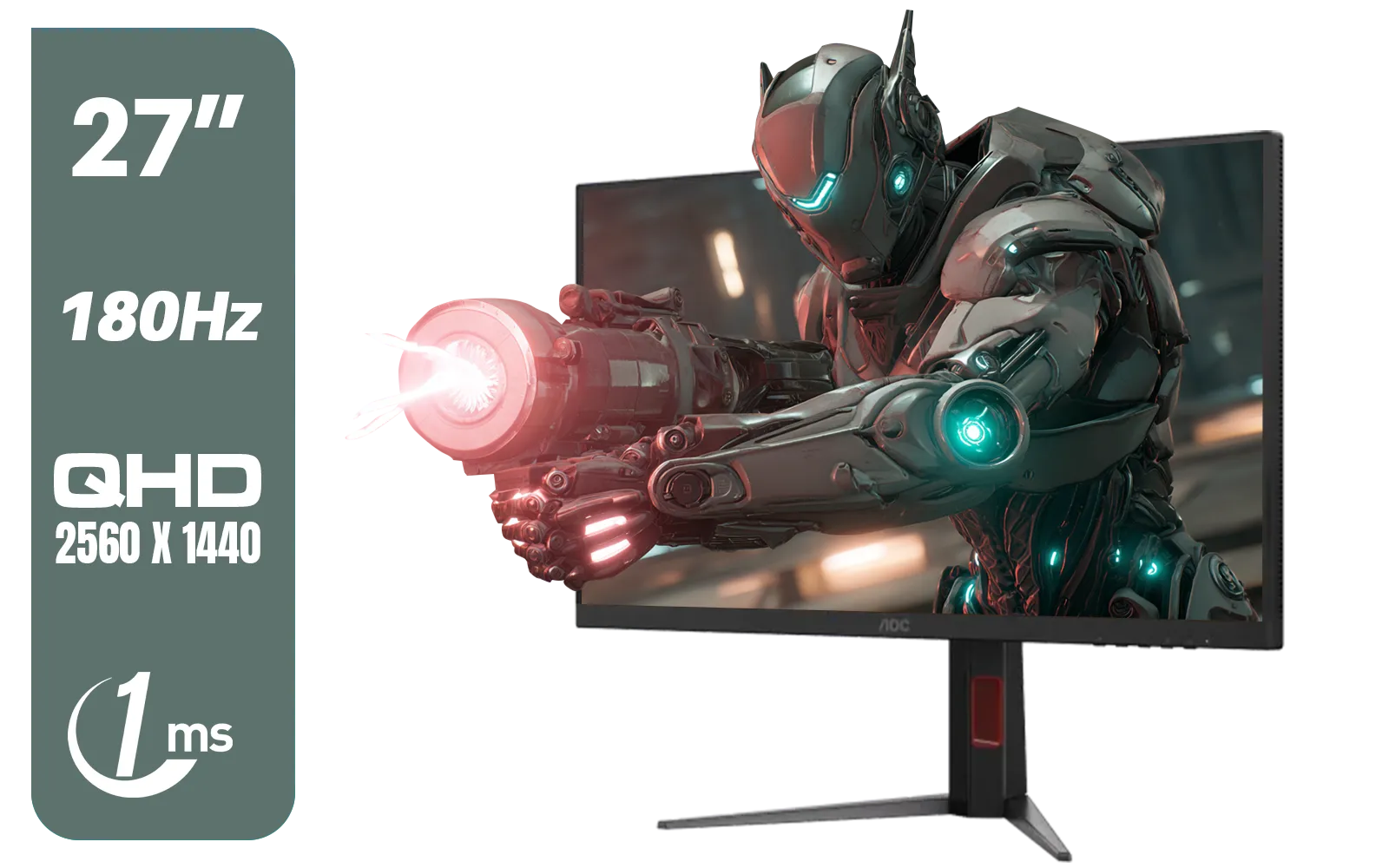
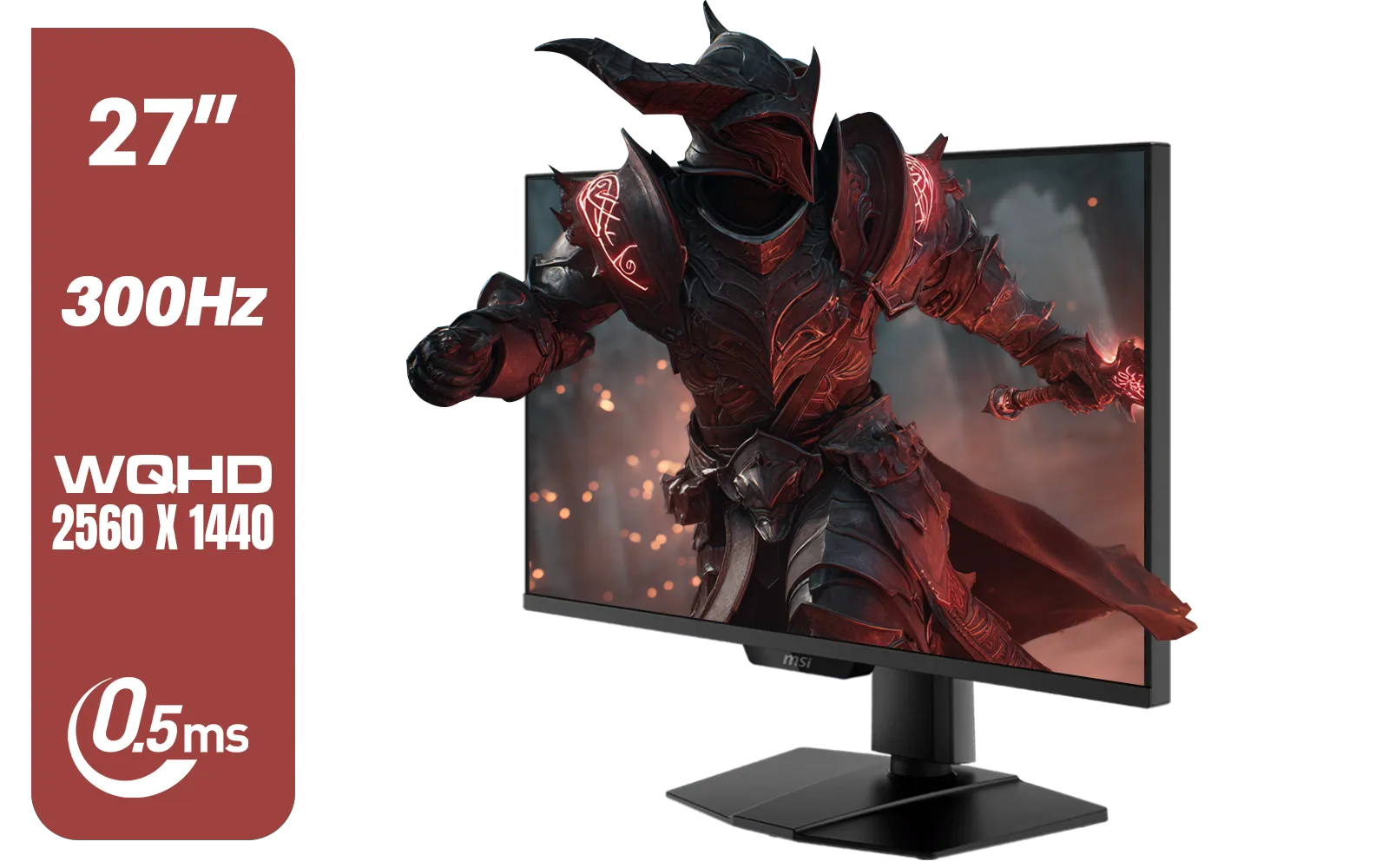
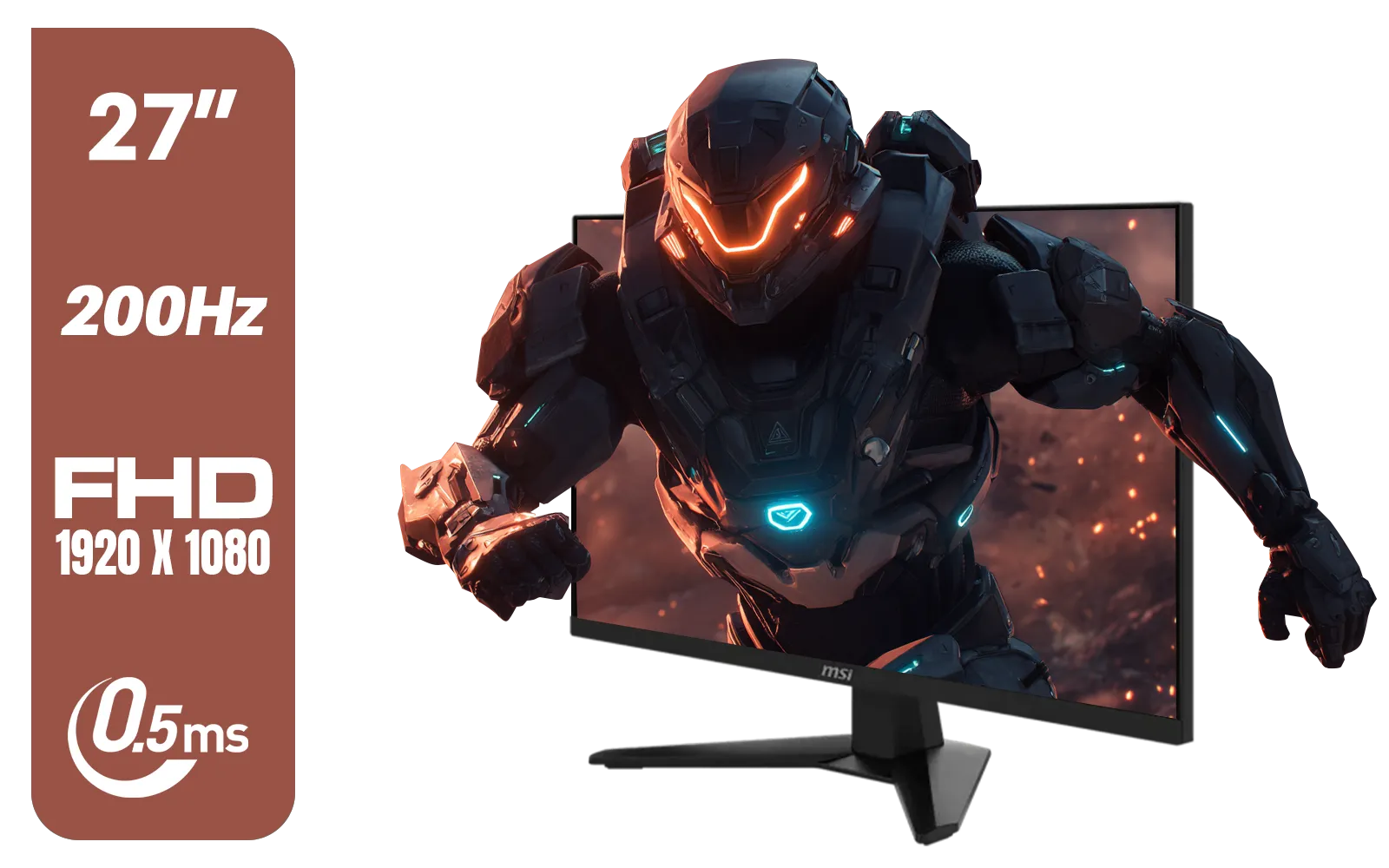
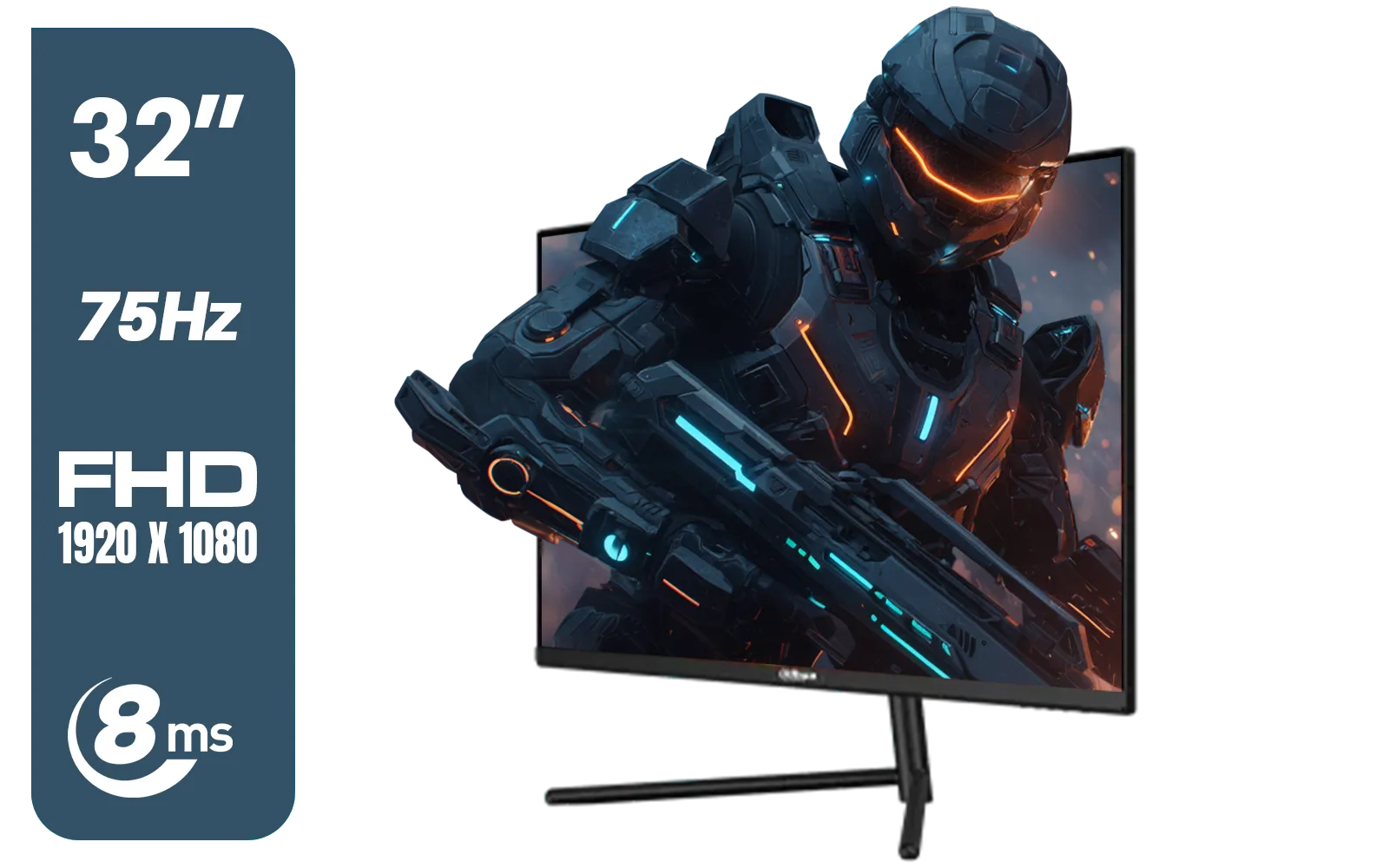
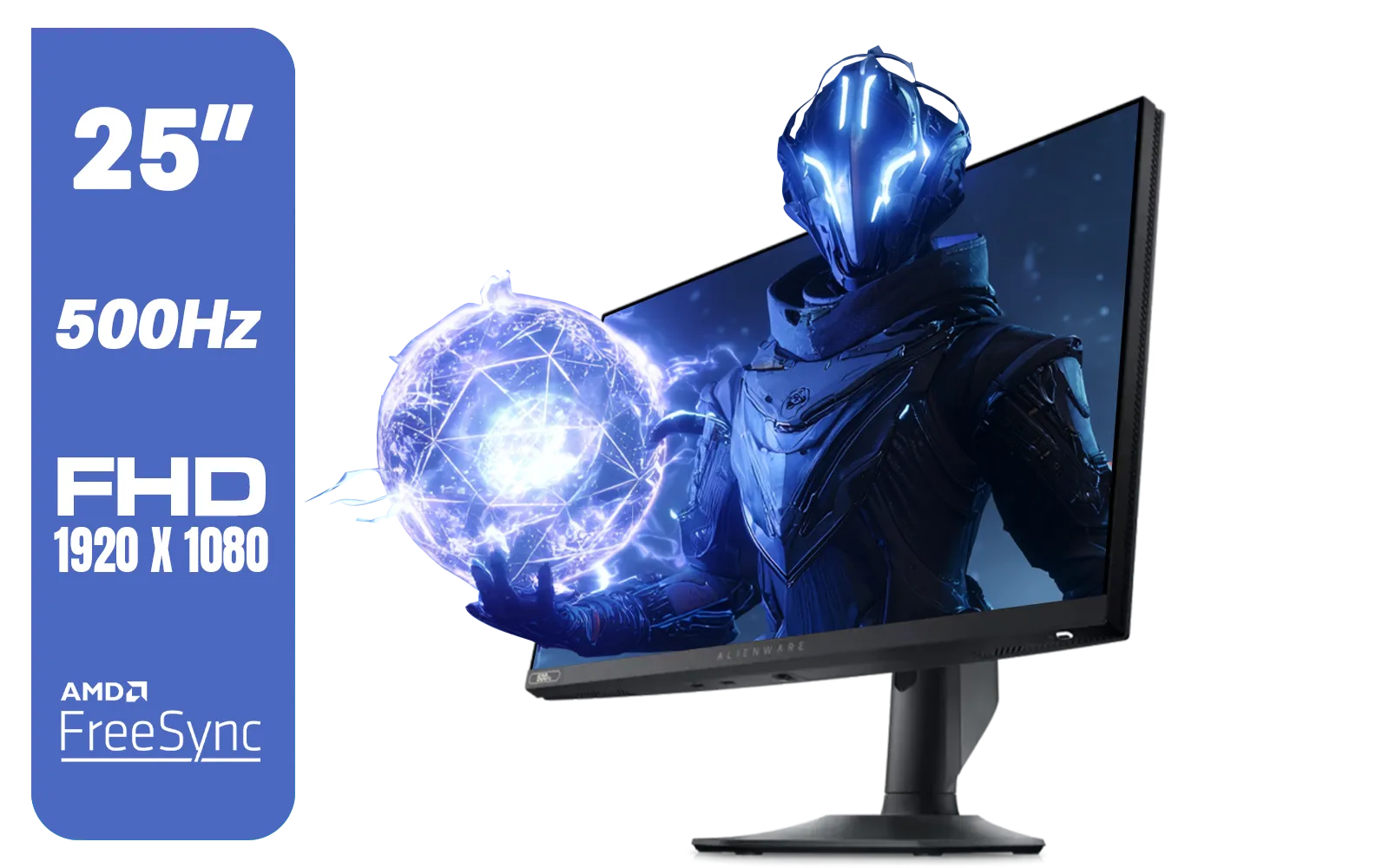
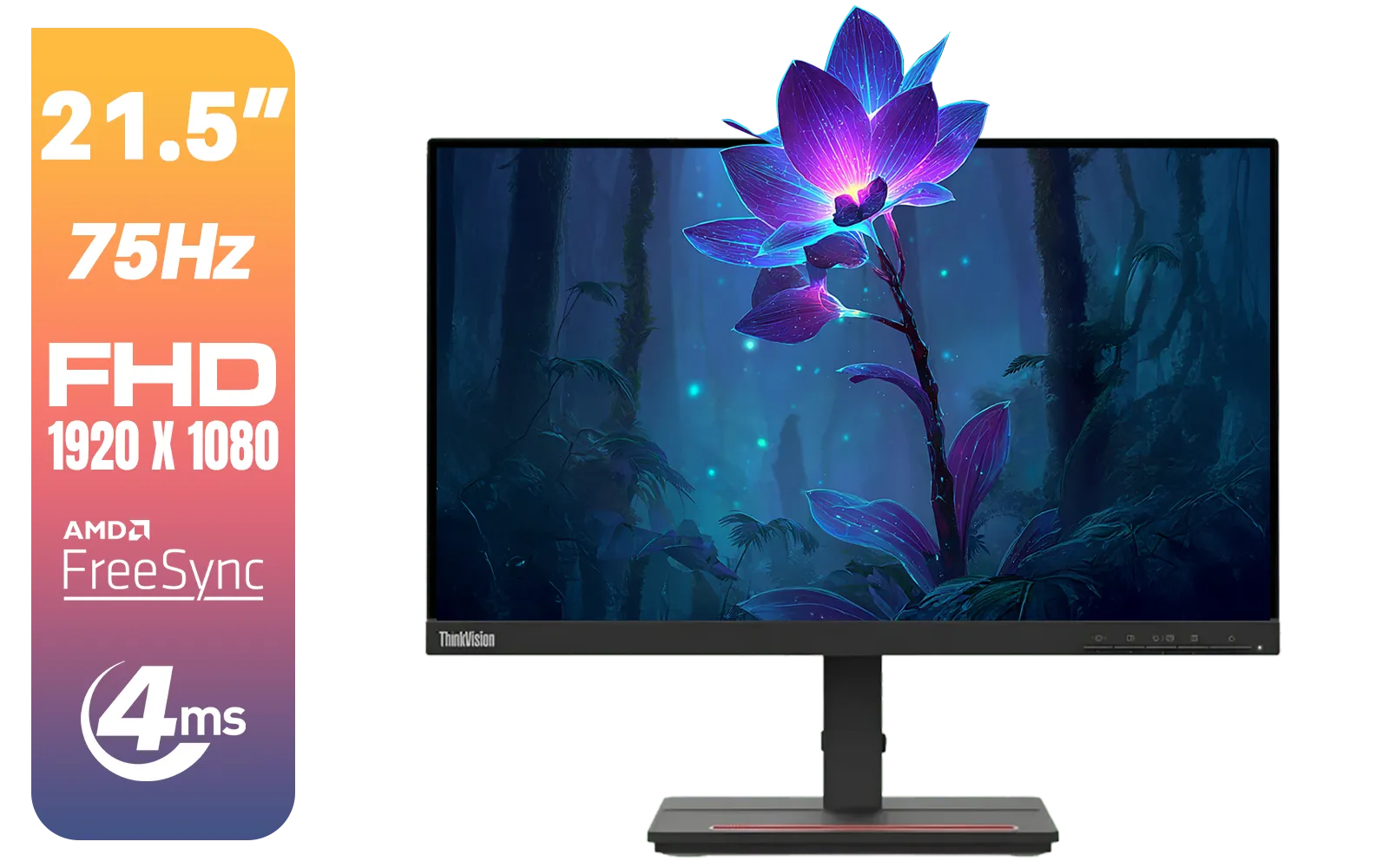
So, what does "refresh rate" actually mean? Measured in Hertz (Hz), it's simply how many times your monitor updates—or redraws—the image on the screen every second. A 60Hz monitor redraws the image 60 times per second, while a 144Hz monitor does it 144 times. Think of it like a flipbook: more pages flipped per second create a much smoother animation.
This is different from your PC's frame rate (FPS), which is how many frames your graphics card produces per second. For the best experience, you want your refresh rate to match or exceed your GPU's output. There's no point having a beastly GPU pumping out 200 FPS if your monitor can only display 60 of them. Finding that perfect balance is crucial when browsing for the latest PC monitors.
The ideal gaming monitor refresh rate depends entirely on you: the games you play, your budget, and how competitively you take it. Let's break down the common tiers.
A 60Hz refresh rate is the baseline. It’s perfectly fine for slower-paced, story-driven games like Baldur's Gate 3 or strategy titles where split-second reactions aren't critical. However, for fast-paced action, you will notice motion blur and a distinct lack of smoothness compared to higher refresh rates.
This is where the magic happens for most South African gamers. The jump from 60Hz to 144Hz is massive and immediately noticeable. Aiming feels more precise, tracking moving targets becomes intuitive, and the overall experience is incredibly fluid. For titles like Warzone, Valorant, and Fortnite, a 144Hz or 165Hz monitor is the new standard, offering a significant competitive edge without the premium price of higher tiers. It's the perfect middle ground found across our complete range of gaming monitors.



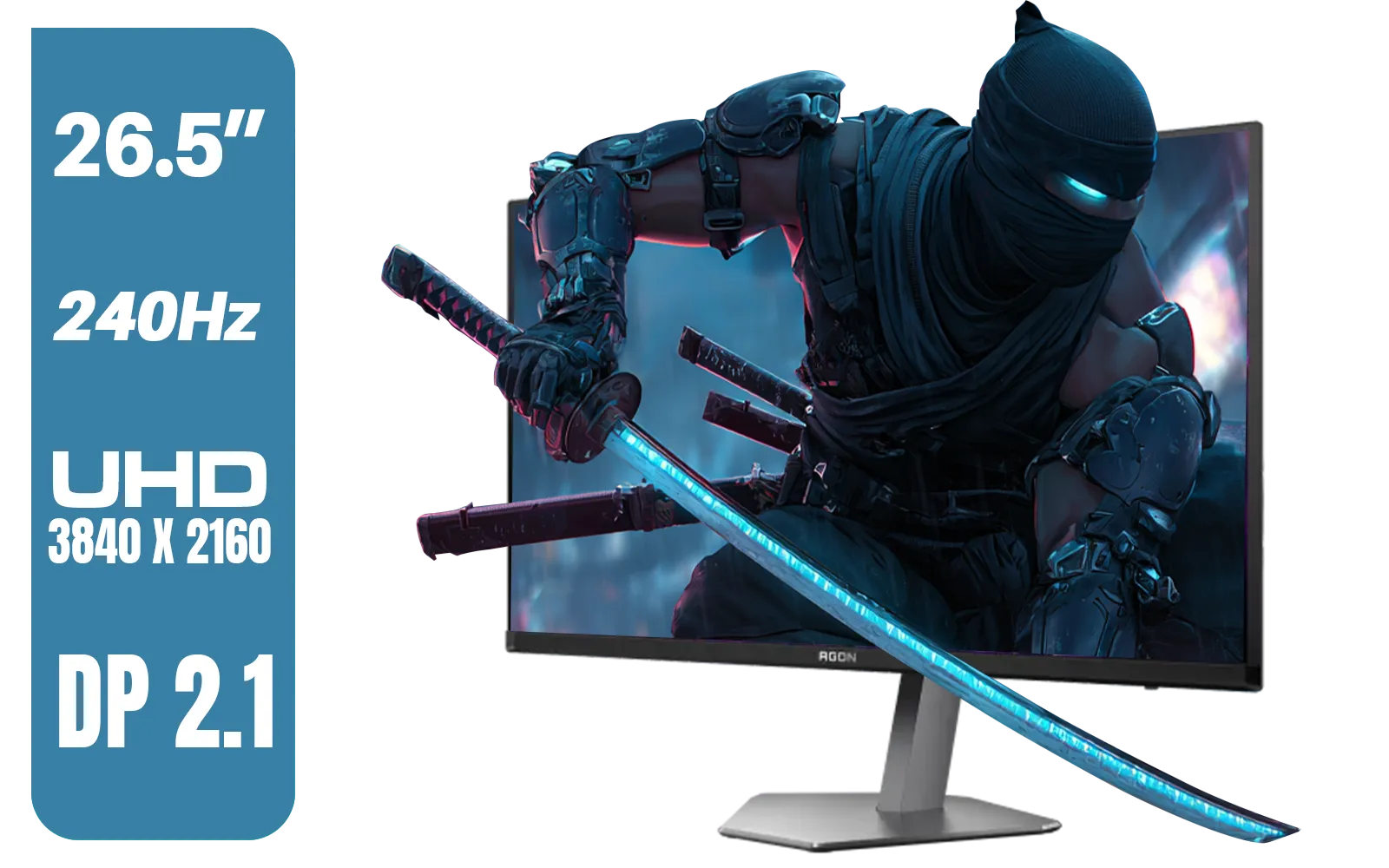
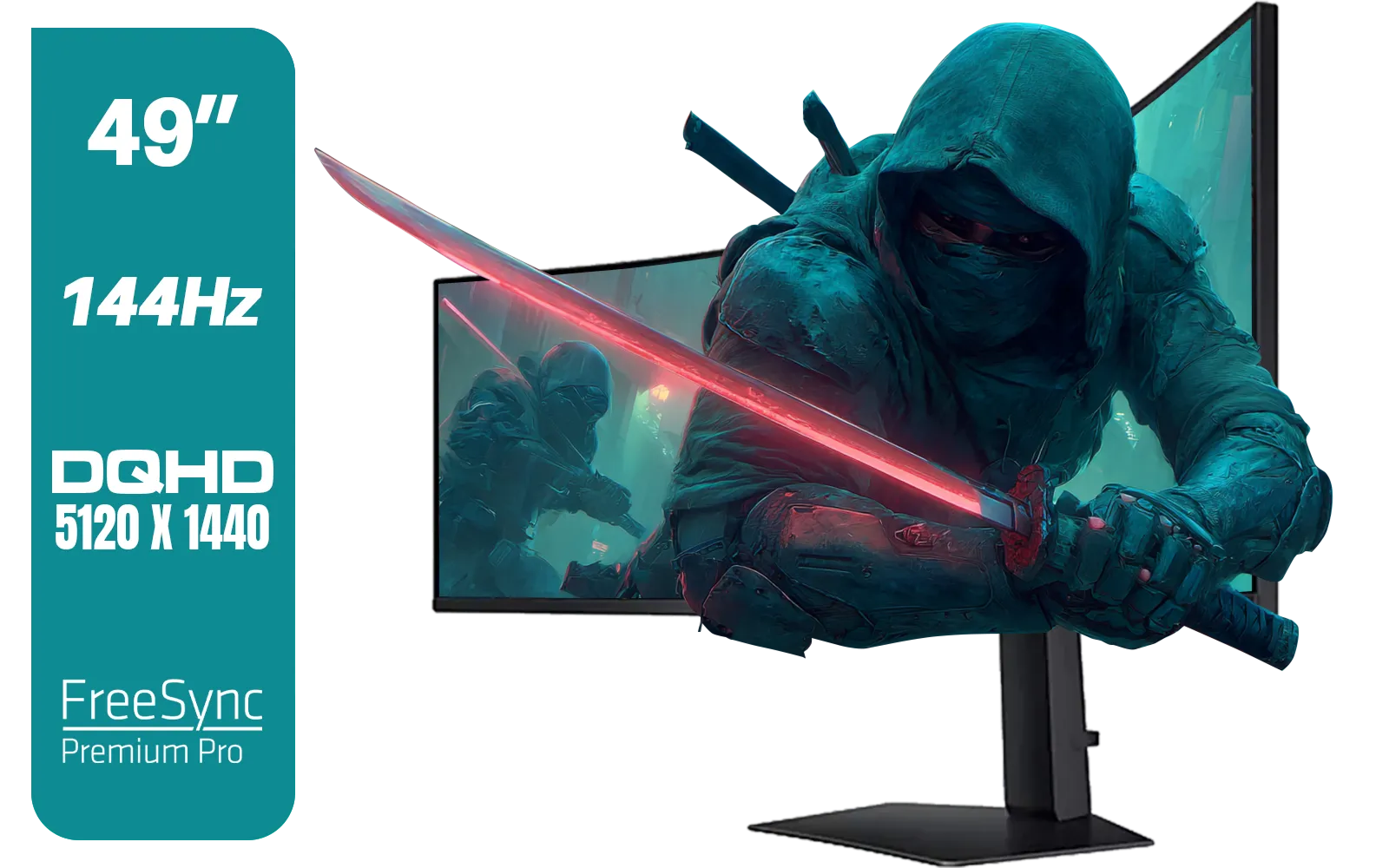
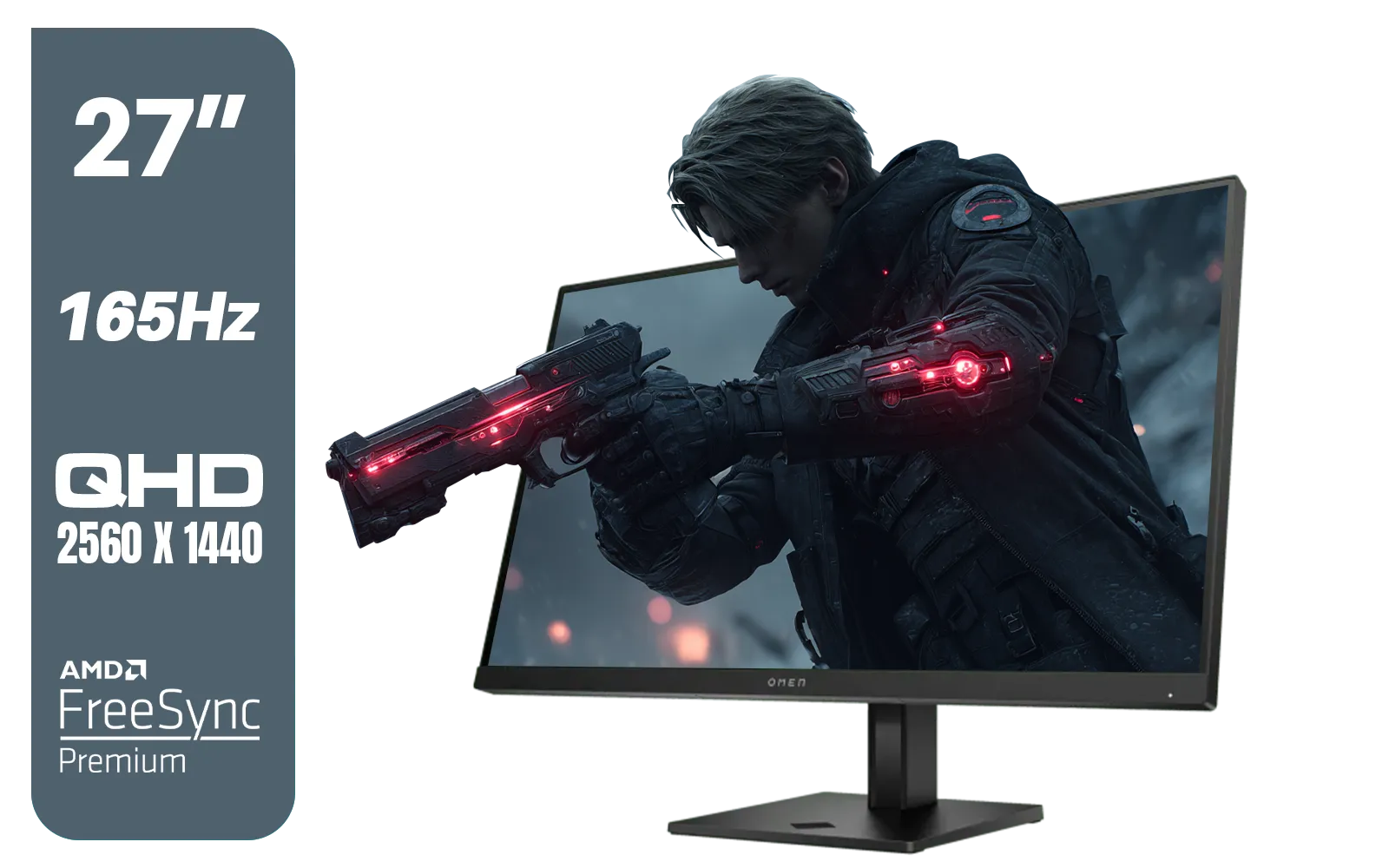
Are you serious about climbing the leaderboards? A 240Hz or even 360Hz monitor offers the absolute pinnacle of motion clarity. While the visual jump from 144Hz isn't as dramatic as from 60Hz, the reduction in input lag and superior target tracking gives elite players a measurable advantage. If you're competing at a high level, this is your endgame. Many of these top-tier displays are immersive curved gaming monitors that pull you right into the action.
Choosing the best gaming monitor refresh rate is vital, but it's part of a bigger picture. To avoid bottlenecks, consider these factors too:
Before you splurge on a 240Hz 1440p monitor, check if your graphics card can actually push enough frames to make it worthwhile. A high refresh rate monitor is only as good as the PC powering it. Aim for an FPS that consistently matches or exceeds your monitor's Hz for the best results.
Got your new high-refresh-rate monitor? Amazing! But you're not done yet. A surprising number of gamers forget the final, most important step: actually enabling the high refresh rate. By default, Windows often sets it to 60Hz.

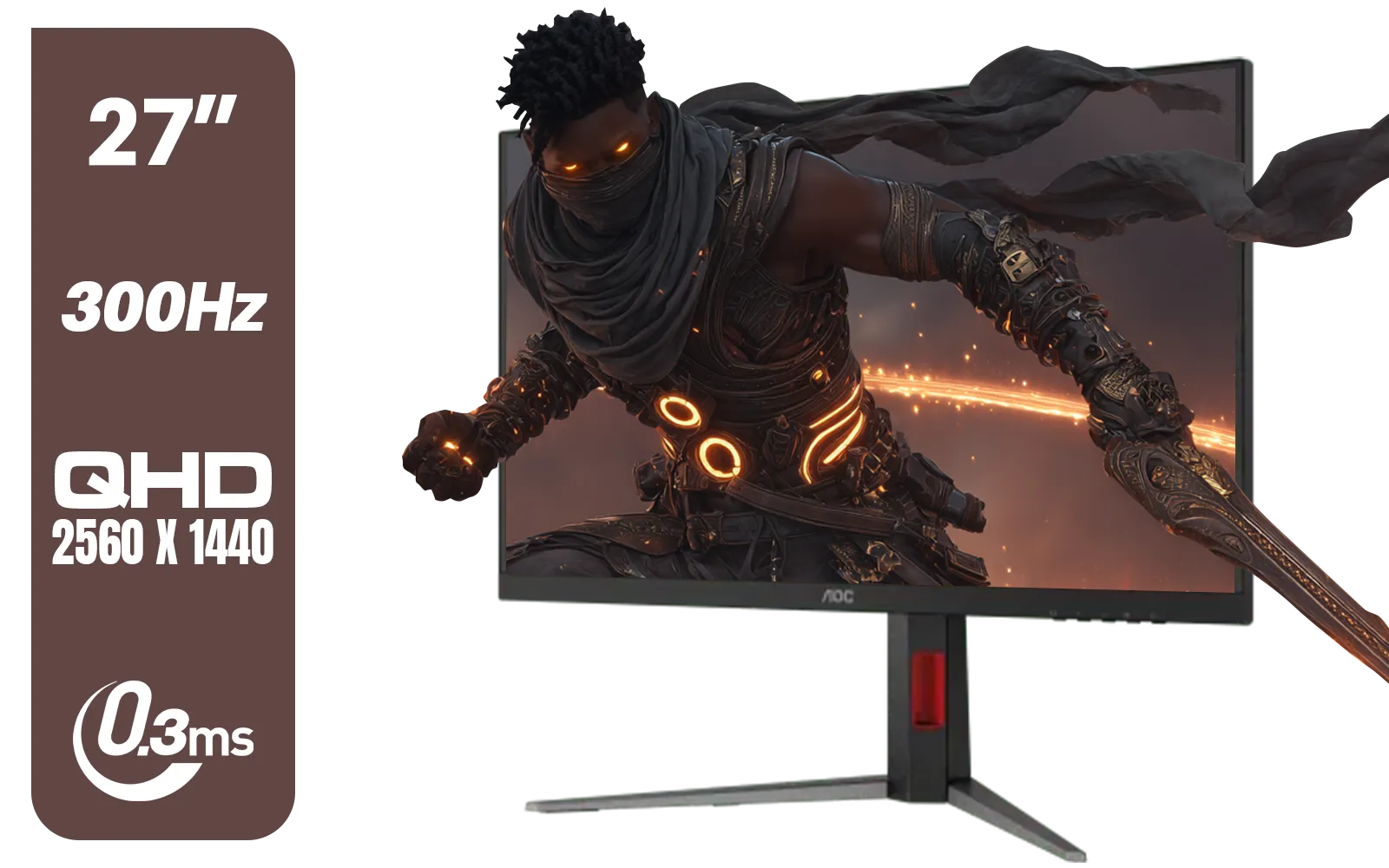

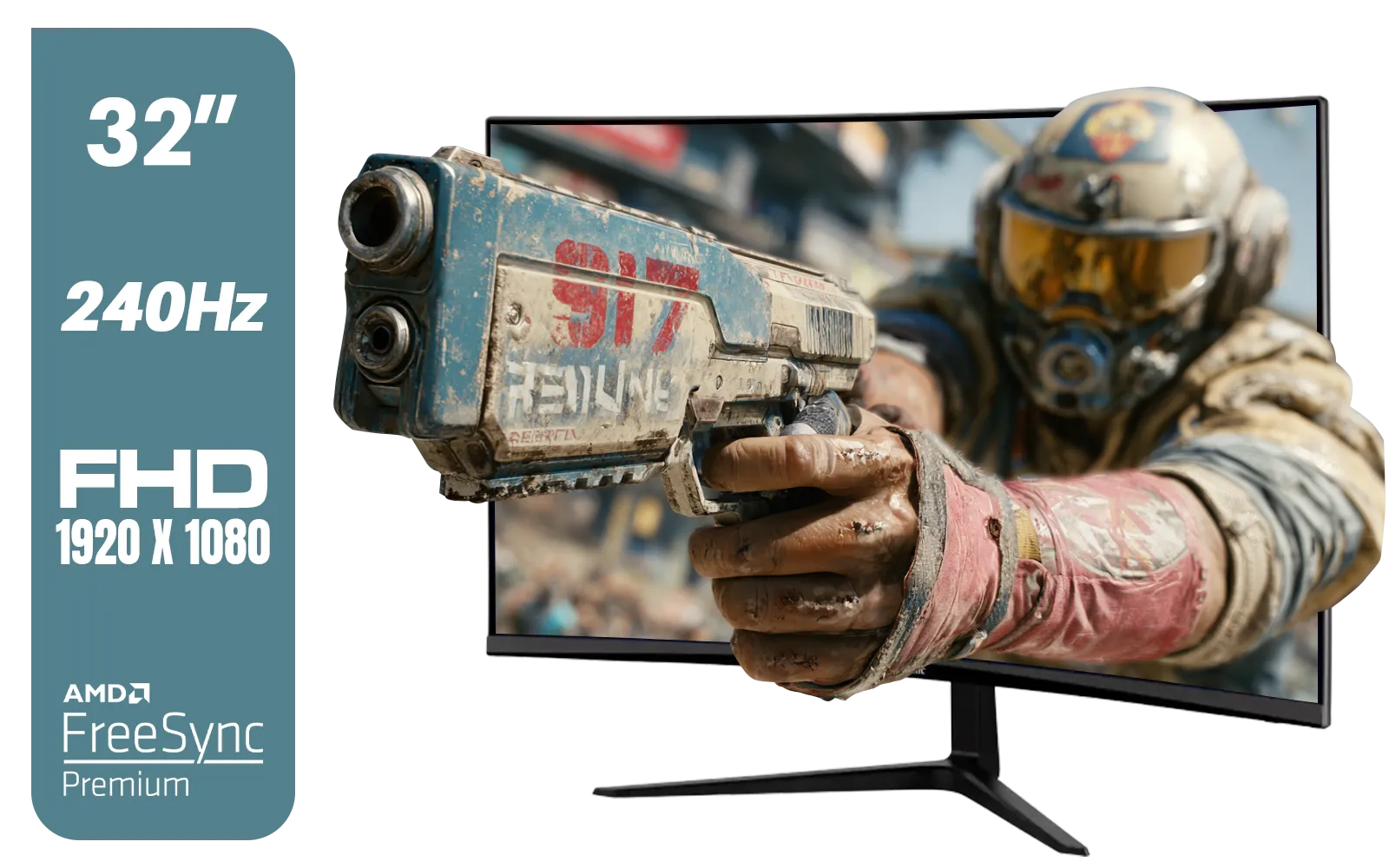
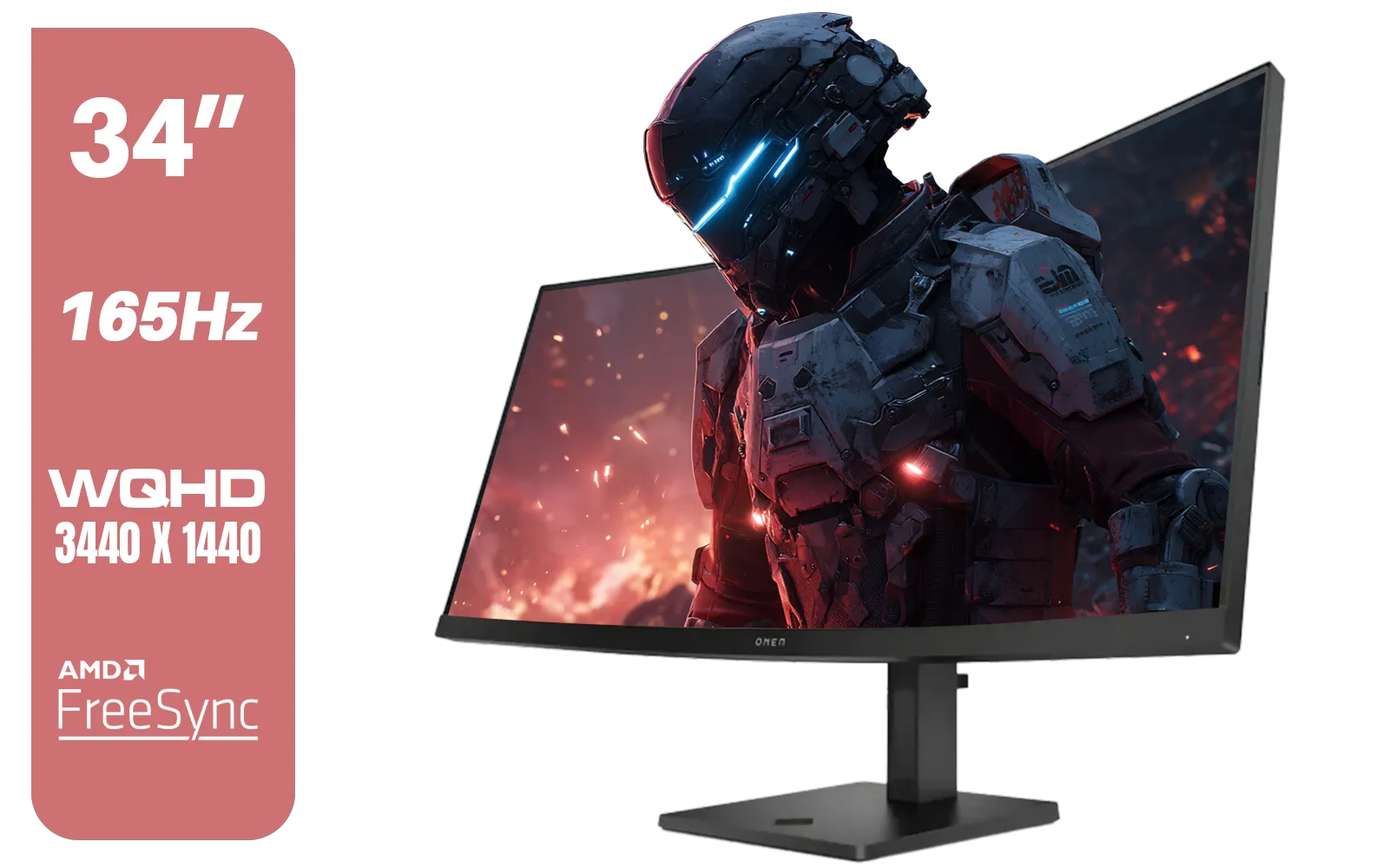
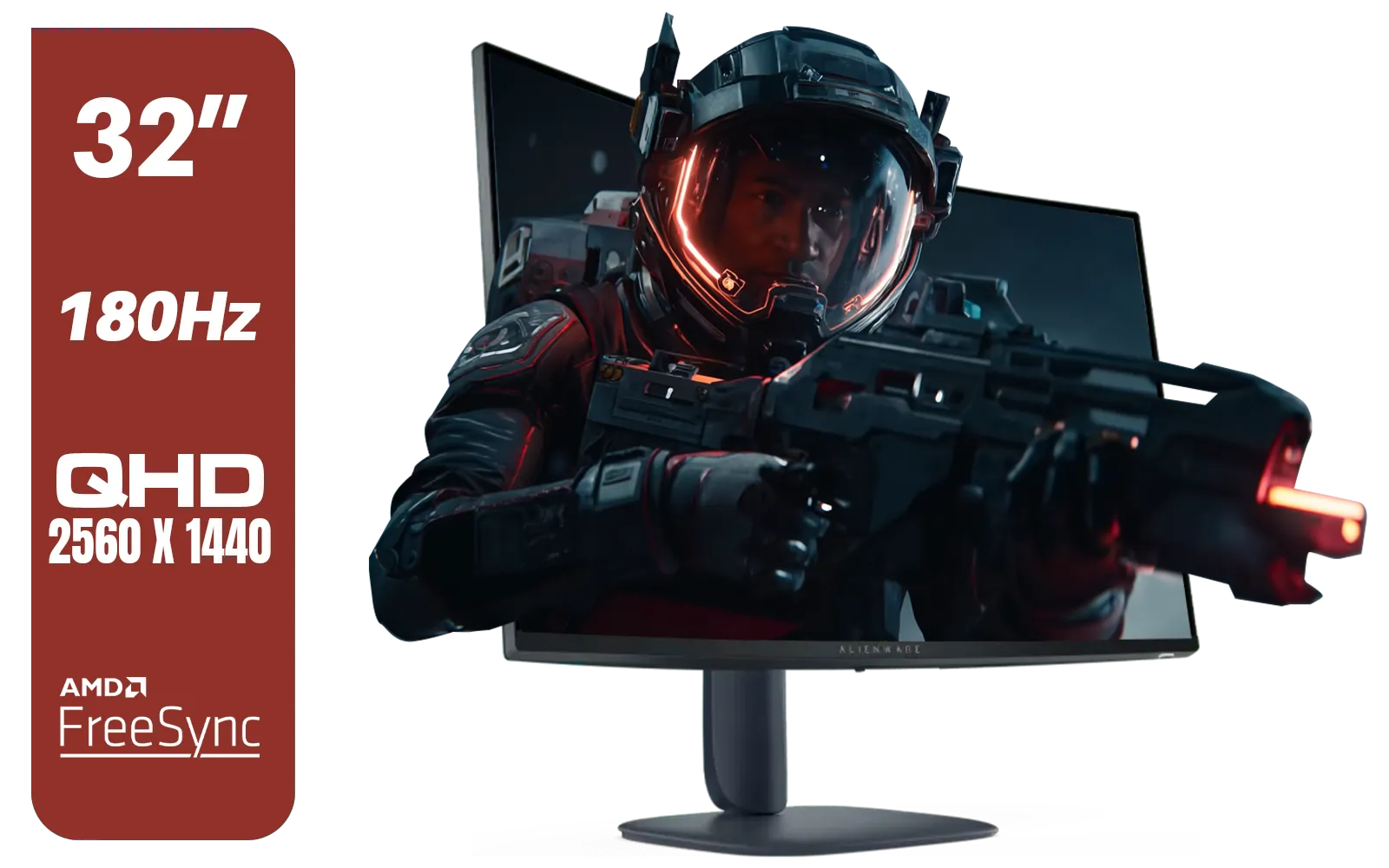
Dive into your Display Settings (Right-click desktop > Display settings > Advanced display settings) and select the highest available refresh rate from the dropdown menu. Also, ensure you're using a DisplayPort cable, as older HDMI versions might not support your monitor's maximum refresh rate and resolution. Getting the right monitor accessories ensures you get the performance you paid for.
Ready for Ultra-Smooth Gameplay? Choosing the right gaming monitor refresh rate transforms your entire experience, turning frustrating stutters into fluid victories. At Evetech, we have the perfect screen for every setup and budget. Explore our massive range of gaming monitors and find the perfect display to conquer your game.
Refresh rate is how many times a monitor redraws per second (Hz). A higher gaming monitor refresh rate improves smoothness and reduces motion blur for responsive play.
Higher rates (144Hz, 240Hz) offer smoother motion, but benefits depend on your GPU, game, and whether you actually hit those frame rates.
For esports, many pros use 144Hz or 240Hz to minimise input lag and motion blur. Pick the highest rate your GPU can sustain for peak performance.
Yes. A 60Hz monitor suits single‑player and casual titles on a budget. Competitive players benefit more from 120Hz+ or 144Hz options.
Yes. To fully benefit from 240Hz you need a GPU that can deliver matching frame rates. Match GPU to refresh rate for consistent performance.
Use adaptive sync (G-Sync/FreeSync), enable V‑Sync cautiously, match GPU output to your monitor refresh rate, and optimise in-game settings.
Prioritise based on playstyle: competitive gamers favour higher refresh rates; single‑player or visually rich games often benefit from higher resolution.